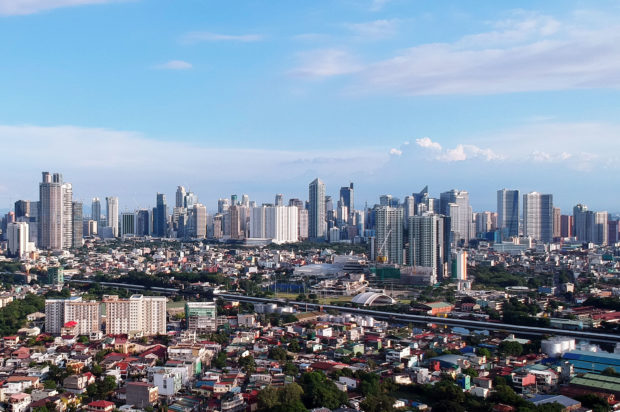June debt-to-GDP ratio stays above 60%
Faster debt accumulation even as the economy reverted to year-on-year growth further jacked up the Philippines’ debt-to-gross domestic product (GDP) ratio as of June to 60.4 percent, a 16-year high and above the level considered by debt watchers manageable for emerging markets.
The latest Bureau of the Treasury data on Tuesday showed that the debt-to-GDP ratio, which reflected a country’s capacity to repay obligations, inched up from the adjusted 60.3 percent in end-March. The earlier first-quarter debt-to-GDP ratio was also 60.4 percent, but it was adjusted downward after the government revised the January to March GDP contraction to 3.9 percent year-on-year from the 4.2 percent reported previously.
Outstanding debt at P11.17T
The end-June debt-to-GDP was the highest since the 65.7 percent recorded in 2005.
At the end of the first six months, the national government’s outstanding debt stood at a record P11.17 trillion, up 23.3 percent year-on-year.
The government on Tuesday reported that GDP reverted to year-on-year growth during the second quarter, as output rose 11.8 percent from last year’s trough when 75 percent of the economy stopped at the height of the most stringent COVID-19 lockdown in the region from mid-March to May 2020. As such, first-half GDP growth averaged almost 4 percent, outpaced by the debt increase.
Article continues after this advertisementAs of end-June, the share of domestic debt to GDP eased to 43 percent from 43.4 percent a quarter ago, while external debt-to-GDP rose to 17.5 percent from 17 percent in March.
Article continues after this advertisementFinance Secretary Carlos Dominguez III had said the Philippines would end the year with a debt-to-GDP of 59.1 percent, equivalent to an outstanding debt of P11.55 trillion.
Moody’s projections
The debt ratio was expected to hit 60.8 percent in 2022, before easing to 60.7 percent in 2023 and 59.7 percent in 2024.
Last week, Moody’s senior vice president and lead sovereign analyst for the Philippines Christian de Guzman told a press briefing that general government (GG) debt — combined obligations of the national government, local governments and social security institutions, less their bond holdings — was estimated at less than 50 percent of GDP in 2020, still lower compared with those of the Philippines’ similarly Baa2-rated peers like Uruguay, Colombia, Panama and Mauritius. The median GG debt ratio among Baa2 investment-grade sovereigns was about 65 percent.
Moody’s projected the Philippines’ GG debt to exceed 50 percent of GDP in 2021 and 2022.
De Guzman said debt affordability for the Philippines remained stable, even as it erased its pre-pandemic debt consolidation gains as the government ramped up borrowings to fight COVID-19 since last year.
In terms of fiscal metrics, Moody’s said the Philippines’ numbers stayed “relatively strong compared with Baa2-rated peers.” INQ
